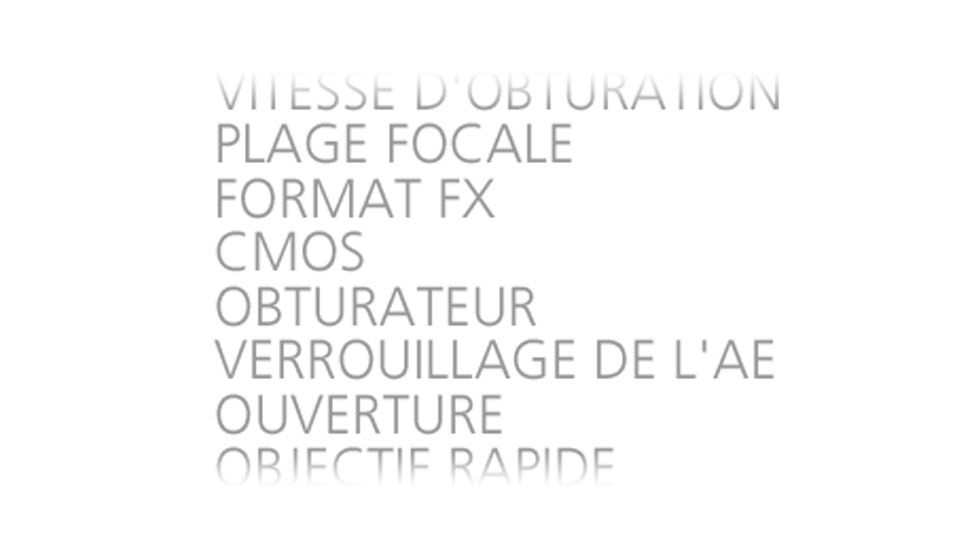Using Auto FP High-Speed Sync to Illuminate Fast Sports Action
Today’s sports photographer not only needs to capture the action, but oftentimes produce a unique feature image for a client. Using Nikon Speedlights in the Auto FP High-Speed Sync mode to illuminate fast action is a great way to take your sports photography to the next level.
[Auto FP High-Speed Sync is a flash mode used for fill-flash photography under brightly lit conditions. It will fill in and open up shadowed areas in order to portray the greatest detail in subjects. It's also ideal when using wide aperture lenses, and because it allows fast shutter speeds—up to fastest shutter speeds on compatible Nikon D-SLRs—it is often used for action-stopping sports photography. And for portraits, you can open up your lenses to their full aperture in order to isolate your subject against a blurred background without overexposing the image.
When Auto FP High Speed Sync is selected, the flash will fire for the duration of the shutter curtain's travel, thus syncing with the camera's shutter speed when that speed is set higher than the camera's normal sync speed. —Editor]
Setting up your camera and Speedlights
When photographing sports action I will set each Speedlight to the REMOTE mode and adjust my Manual Power Output setting via the Nikon SU-800 Commander. Then I go into the Bracketing/Flash category in the custom setting menu of the camera and select the Auto FP 1/250 setting that activates the High-Speed Sync mode. This setting will enable you to shoot at a fast shutter speed—faster than the normal flash sync speed of 1/250, which is too slow to stop the action. (Note: cameras like the D800/D800E can use FP High-Speed Sync up to 1/320 of a second shutter speed so that 1/250 of a second remains a normal sync mode without light/output loss that you would get with the FP sync.)
My Basic Lighting Formula
I can establish the exposure manually using the in-camera meter, or when shooting in Program mode with exposure compensation of -1 EV. I make an “underexposed” test image, turn on my Speedlights and make the “reveal” image. You can see this in the two images of the Superbikes (photos 1 and 2).
How to determine the power output:
Set the manual power output of the Speedlights via the SU-800 Commander, beginning at FULL power, then take a test shot and review it on the camera’s LCD. If the subject is too bright, simply reduce the power output via the SU-800 Commander. It's a bit of trial and error, so if FULL power is too strong, try ½ power and if that is still too bright try ¼ power, etc. Continue to adjust your flash’s power output and make test shots until your subject is illuminated to your liking.
If at FULL power your subject is too dark, then you will need to move your Speedlight closer to the subject or add additional Speedlights to increase the amount of illumination.
Basic lighting formula used to underexpose the scene and then reveal the subject with Speedlights:
These images, like many other images I capture using High-Speed Sync make use of illumination from more than one Speedlight. Sports action in general requires that photographers be positioned some distance from their subject. By using two, three, or even four Speedlights from the same location I can illuminate subjects that are further away.
The Moody Blue Formula: For this very stylized image I changed the camera’s white balance from daylight (5500°K) to Incandescent (3030°K) so the overall scene becomes a cool blue color. With the orange colored CTO Warming Gel placed over each SB-900, the color of light now illuminates my subject back to a slightly warmed daylight, with an almost “golden hour” color.
For those of you who have never used a CTO get, it is simply a filter designed to change the color temperature (Kelvin) that is placed over the daylight-balaced Speedlight. In the case of Orange CTO filters, it is for a warming effect or to match to Tungsten and/or Incandescent lighting.
Keep in mind that when you place the CTO Warming Gels on a Speedlight the amount of illumination hitting the subject is reduced. To compensate, I increased the power output of each Speedlight to effectively reveal (illuminate) my subject from the underexposed scene.
Mastering sports action lighting with Speedlights and High Speed Sync will require experimentation and practice, but I encourage you to strive to make this very dynamic and stylized lighting technique part of your lighting skill set.




